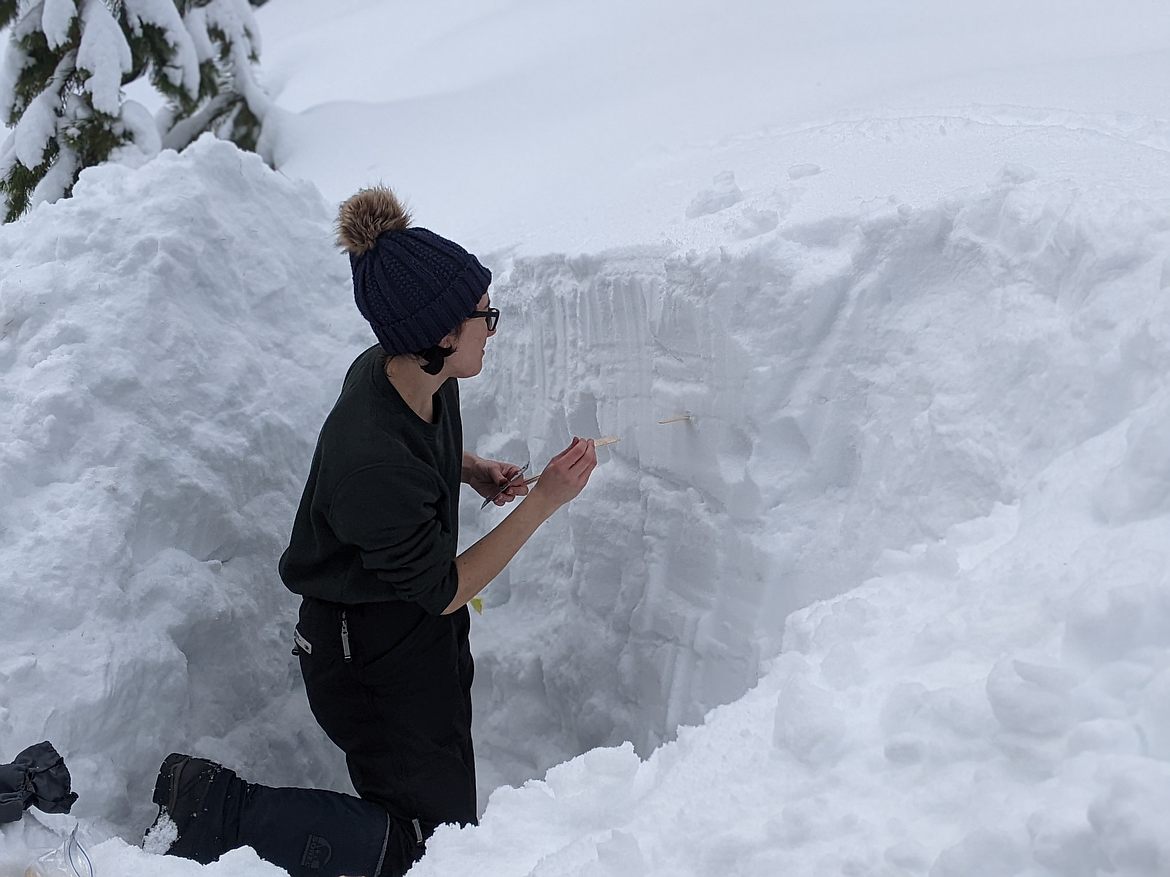Hands-on science connects youth to their community
It is that time of year again for North Idaho’s premier High School water research event. Students from five regional schools will participate in an all-day event they have prepared for the entire year. This unique program connects students with their watershed in the hope they will help figure out answers to some of our most concerning water quality issues in the region.
The Youth Water Summit is the culmination of The Confluence Project (TCP), a yearlong program pairing scientific experts with high schools across North Idaho. Students develop a driving question related to a real-world water resource issue, conduct research, and propose a solution.
They then present their research projects to more than 60 volunteer judges from the scientific community contributing to the success of this event.
With the support of funders such as i-STEM and the Kootenai County Aquifer Protection District, TCP connected nearly 300 students with North Idaho’s lakes, streams, mountains and aquifers through on-site studies and classroom work.
This fall, students donned waders and ventured into mud in a new collaboration to combat invasive species, collecting over 2,500 invasive snails.
One student stated, “Playing a role in an effort like this improves participants’ sense of purpose, unity and community resilience.”
Students later went to a local river and collected bugs to test water quality.
In the winter, they went to a local ski hill where they snowshoed to measure snowpack. Partners from the University of Idaho, the Coeur d’Alene Tribe, Trout Unlimited, Idaho Department of Environmental Quality, Panhandle Health, Natural Resources Conservation Service and IdaH2O teamed up to mentor and assist with hands-on experiences and field data collection. Peter Youngblood, a hydrologist with NRCS, finds volunteering worthwhile.
“These local students are our future and will be responsible for sustaining our natural resources someday. Natural sciences are a great way to feed their hungry minds because there is so much relevant research, even in their backyards,” he said.
The Youth Water Summit encourages students to dig deeper into the local water issues they learn from participating in TCP. The summit provides an opportunity for students to experience a professional scientific conference, explore higher education degrees in the natural sciences, and visit the University of Idaho’s Moscow campus.
“The U of I College of Science is excited to be able to play host this year to the Youth Water Summit. Our focus has long been on student involvement in research, so this event is a perfect fit for us,” stated Associate Dean Mark J. Nielsen. The College of Science recognizes the value of student-led research; therefore, it is providing funding support to this year’s The Youth Water Summit.
At this year’s Youth Water Summit students will examine subjects such as how stormwater affects river water quality, possible biofilters to clean water, and how PH correlates with water quality. The University of Idaho will reward top projects scholarships to the University of Idaho to the first, second, and third-place teams from each school. These one-time scholarship awards will be $200 for first place, $150 for second place, and $100 for third place. Each student on the winning team will receive a scholarship.
• • •
The Our Gem Coeur d’Alene Lake Collaborative is a team of committed and passionate professionals working to preserve lake health and protect water quality by promoting community awareness of local water resources through education, outreach, and stewardship. Our Gem includes local experts from the University of Idaho Community Water Resource Center, Coeur d’Alene Tribe, Idaho Department of Environmental Quality, Kootenai Environmental Alliance, Coeur d’Alene Regional Chamber of Commerce and Connect Kootenai.

